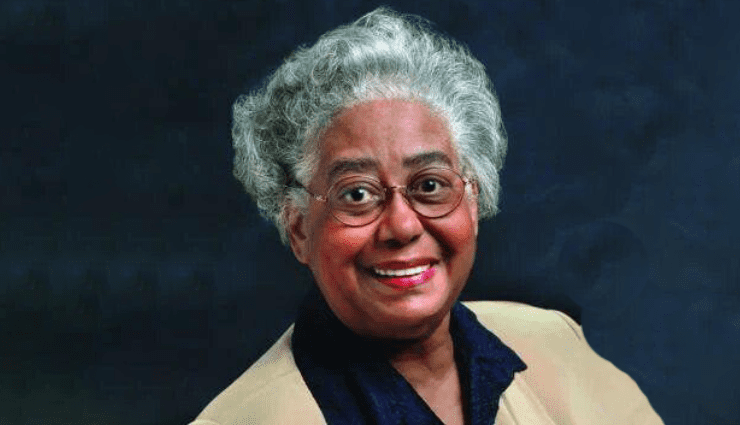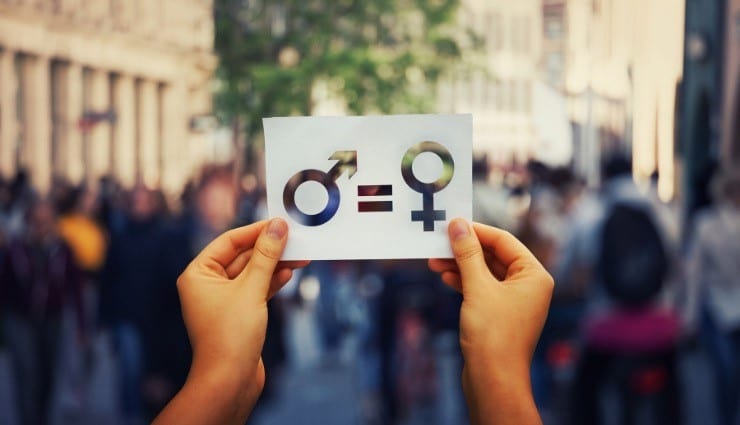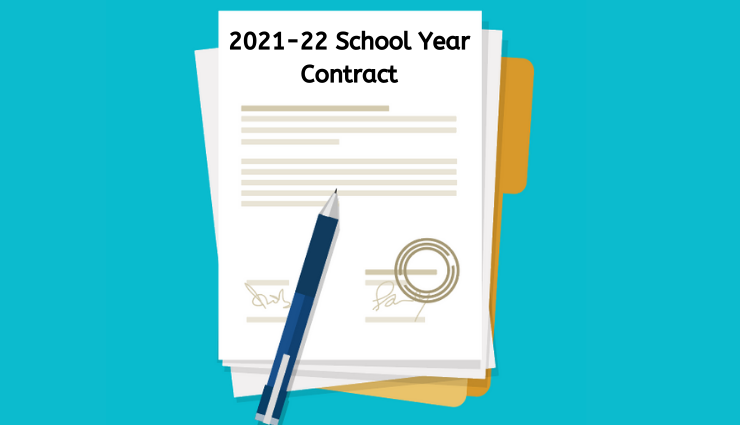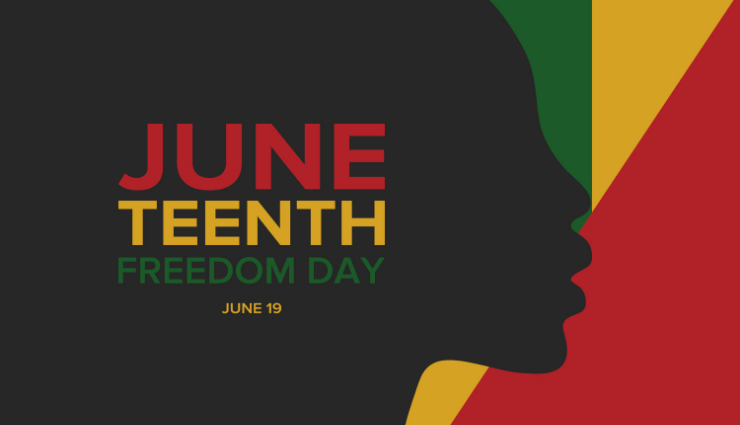Democratic Discord and Education
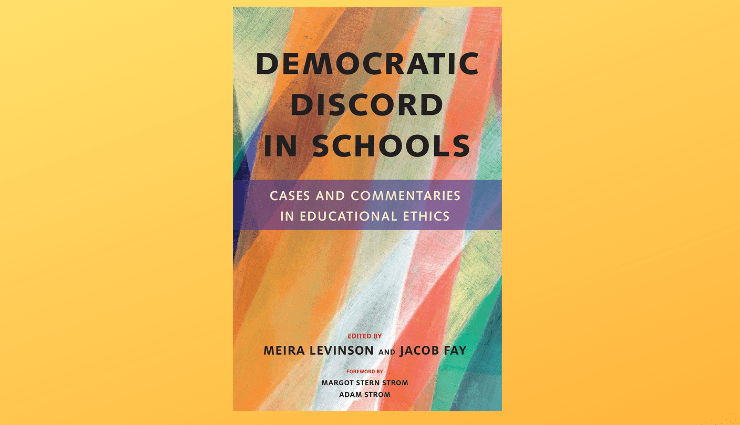
When American philosopher John Dewey wrote “Democracy and Education” in 1916, he argued for a form of education that treats children as valued individuals coming of age in a democratic society. His is a straightforward philosophy. Schools should spark student curiosity and engagement. Children need to be nurtured with love and respect. They need to learn as much as possible through experience. They need our support in developing to their fullest potential as individuals and citizens.
I don’t know many people who would argue against such a view of education. And yet, here America stands, a century later, collectively struggling to live up to Dewey’s philosophy. In this century to date, many of our schools have gotten less democratic in their structures and focus more on directing students than nurturing them. See, for example, Education Week’s article on the harsh disciplinary approaches in the so-called “no excuses” schools. In addition to the problem of over-disciplining students, the study of citizenship is no longer required in the curriculum in many schools, except in summary form in social studies courses.
The problem lies partly with schools and school systems. But it also lies with the society as a whole — in the way we practice “democracy.” Which is to say, the problem is found in the difference between what we say we believe and how we collectively behave. Our nation has never functioned as our founding documents intended. Too many people with power have always found a way to bend the nation toward their own interests. More broadly, our notion of democracy has been in constant tension with our notion of a free-market economy. In this seesaw battle, individual freedoms, the collective good, how we organize schools, and even the health of the planet, can become secondary concerns to the overriding push for economic growth.
So educators — feeling pressure from every quadrant and too-often working in underfunded and under-resourced schools driven by competing mandates — struggle mightily with how to approach the question of education for democracy. They also wrestle with how to address challenging societal issues that arise in school with greater frequency these days.
The conversation on citizenship, on the role of formal education in serving a democratic nation, has gotten louder since the presidential election in November of 2016. As in the era of student activism in the late 1960s, more and more U.S. students today want to speak up, want to engage, want their voices heard. They do so because of federal and state policies that are affecting their lives, or because they feel passionate about the need for greater justice in schools and society, or because they feel adults are too often letting them down in one way or another (i.e., the lack of gun control measures and the rolling back of environmental protection laws).
The question then becomes one of what schools do in response — proactively and reactively. Where’s the proactive balance between academics, social-emotion development, and cultural engagement? And how do educators effectively address the gnarly cultural issues that find their way in to the school building nearly every day?
A new book from Harvard Education Press — “Democratic Discord in Schools,” by Meira Levinson and Jacob Fay — looks at these questions head on, with the goal of helping schools gain greater clarity about their role in educating students for citizenship in a world seemingly on fire.
Levinson is a professor of education at the Harvard Graduate School of Education. Fay is a visiting assistant professor of education at Bowdoin College. In their co-written opening chapter, Levinson and Fay highlight the deep partisan discord that has taken the nation by the scruff of the neck and has made teaching especially challenging of late. Noting the “impossibly thin boundary between democratic politics and schools,” they point out that even if teachers want to remain politically neutral in the classroom, students increasingly bring into school their awareness and views and questions about our shifting norms, our cultural divisiveness, and their future in such a world. They want and need to discuss these matters that swirl around their lives daily.
Levinson and Fay argue that schools can’t shy away from the conversation. Schools, they say, must “function simultaneously as institutions in a democracy and as institutions that prepare students for democracy.” Channeling John Dewey, they point out that our democracy — any democracy — can’t be taken for granted; it must be “enacted anew in every generation, in every year and day.” Because of this, when political and social issues arise, educators need to respond by being both “present-minded and future-minded” — addressing the issues of the day, but also helping students develop skills to contribute to and nurture our democracy in the future.
Reading “Democratic Discord in Schools,” one notices that it doesn’t flinch in addressing the messy questions. There are plenty of important issues that schools can address in a more or less orderly fashion — say, creating cross-disciplinary courses, reconsidering the starting time for high school, changing the sequence for teaching the sciences, or integrating more arts programming into the school day. When it comes to democratic matters, however, things get more difficult. What needs to be included and excluded in the history curriculum? Is it time to make changes to the literature we teach? From what perspective are we teaching Native American history? Should schools offer students space for affinity group discussions? What is the school doing to attract, hire, and retain more teachers of color?
Here, however, we’re being asked to consider even messier questions that look at education at the individual and systemic levels. Is it OK to have charter schools that cater to homogenous groups of immigrants or are we segregating and isolating large groups of underprivileged students this way? Should a school in a high-crime community accept funding for an anti-gang program that might reduce gang recruitment but also put undocumented students at risk of deportation? What is the proper policy to adopt when students want to stage a school walkout to protest national politics that they see as undermining the common good or to protest the disciplinary treatment of low-income students of color? How do we help students feel safe and heard while honoring all students’ right to speak their minds? Is it a acceptable for first graders to build “a border wall” to keep out “the criminals?” What do you say to conservative parents who complain that their child feels “threatened” by the school’s “pro-liberal” policies? And what do you do with teachers who resist efforts to set up a multicultural curriculum or who don’t have the professional skills to manage a classroom conversation on race and justice?
“Democratic Discord in Schools” lays out these challenges in the form of case studies — followed by a series of responses from educators, experts in the field, researchers, even students themselves.
What makes this collection so interesting is that the responses, while thoughtfully constructed, sometimes conflict or take varying views on how schools should respond in specific instances. For instance, most respondents say no to bringing in law enforcement officers to run a “program” on reducing gang violence because they believe it puts undocumented students at risk and because a police presence in low-income schools, no matter the intent, tends to create an us-and-them mindset that further disengages marginalized students or, worse, herds them into the criminal justice system. But others think the program is the absolute right choice, given that it has the potential to save many students for joining gangs. Still others encourage the school to take a completely different approach to addressing gang recruitment and violence in school.
Through these case studies, the book asks the larger question of the role of schools in preparing students for life in a democratic society. It asks us to carefully consider what equitable education looks like. It asks us to consider the degree to which schools should teach social justice — and, indeed, play a role in driving larger cultural changes. What, in short, is the role of education in a multicultural democracy that is currently out of whack? What do we see as the ideal balance between preparing students for college and careers and preparing them for democratic engagement?
The majority of us in education believe that schools must be just and equitable institutions that prepare students for college, work, and life. But while this generalization is easy to lay out, the details are increasingly difficult to set up and navigate.
To some extent, it boils down to a practical problem — developing schools and curricula that balance individual and societal needs, and helping educators develop the skills to teach well across race, gender, and other differences. The work is about thoughtful school leadership following through on a clearly stated school mission and about teachers strengthening both content knowledge and pedagogical skills.
What is required most of all is a willingness to engage in conversation about these challenges so educators can develop greater clarity about what matters in their schools. There’s no single solution. Just lessons learned and perspectives worth considering. Given this, Levinson and Fay want schools to not just read the book, but to also use the case studies as gateways to conversations within individual schools.
“If we avoid politics,” they write, “we fail completely at the central mission of education, which is to nurture the skills we need to argue better, compromise, and work together to solve problems.”
If you agree, you know that we all need to approach the problem on numerous levels — from how we fund and staff schools, to how we shape the curriculum, to how we train teachers, to how we engage with parents and the broader community. The majority of schools do this work to varying degrees. “Democratic Discord in Schools” asks us to dig deeper still.
Michael Brosnan is an independent writer and editor with a particular interest in education and social change. His latest book of poetry, “The Sovereignty of the Accidental,” was published by Harbor Mountain Press. He can be reached at michaelbrosnan54@gmail.com.


